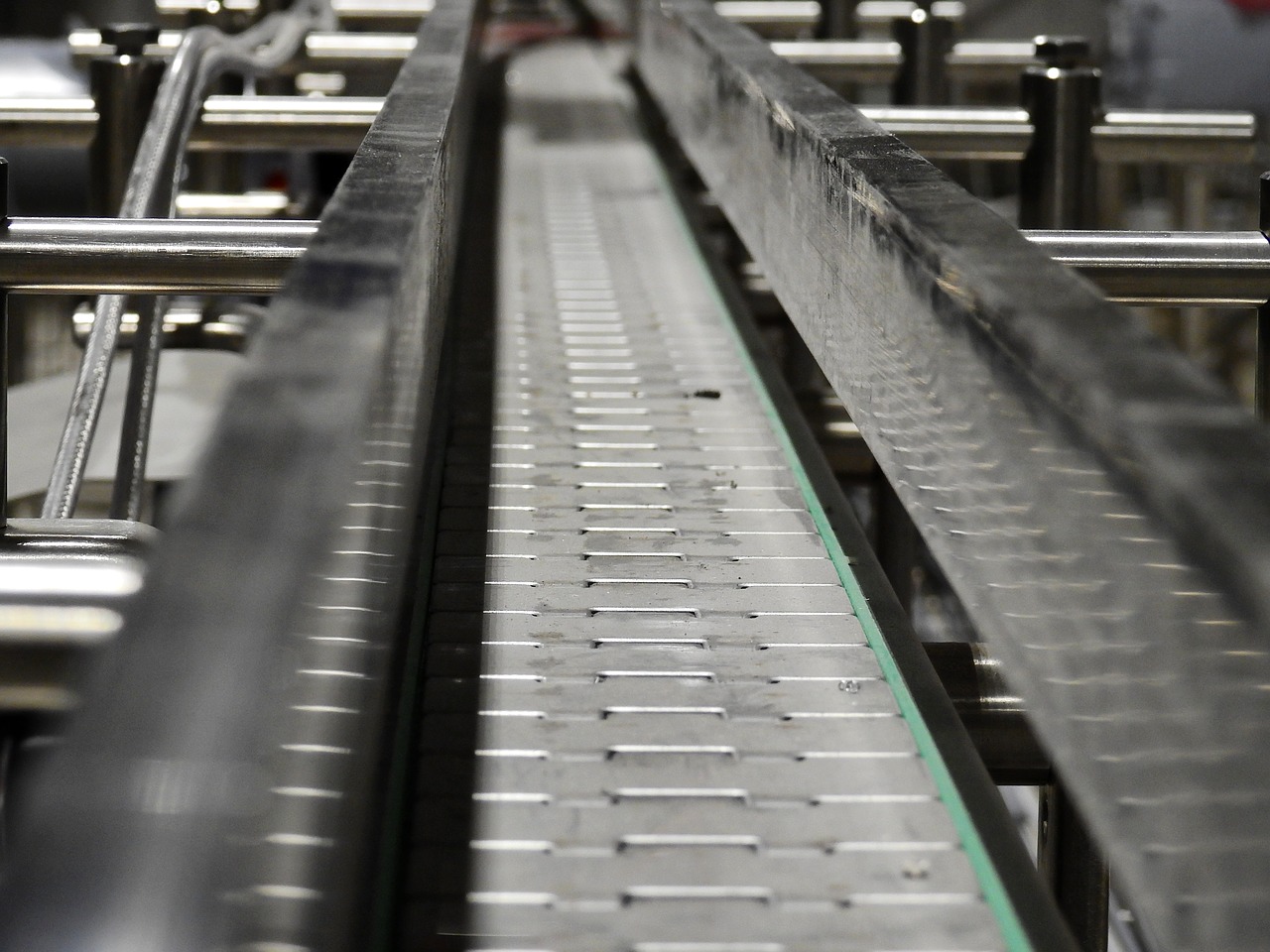How Do I Choose The Right Conveyor Belt?
 Choosing the right conveyor belt for your application can be of significant importance, and there are a number of factors that come into play that will determine which one is right for you. In this guide we look at some of the considerations to help give you a better idea on what to look for.
Choosing the right conveyor belt for your application can be of significant importance, and there are a number of factors that come into play that will determine which one is right for you. In this guide we look at some of the considerations to help give you a better idea on what to look for.
A conveyor belt is used across many industry types from transportation, material handling, assembly lines (such as the production of cars), and distribution. One of the most popular and public places you can see conveyor belts in use is at airports. They help convey many types of materials from small such as grains, to large such as ship propellers. Over the years it has made moving materials much easier, and helped a smooth and constant flow.

Selecting a Conveyor Belt for Your Application
Conveyor Belt Material
Let’s look at the conveyor belt from a material aspect to begin with. Did you know that conveyor belts come in various types of material? Your standard and most popular being rubber, but you can also get nylon, metal, polyester, and silicone conveyor belts. Which should you get? This depends on what you need to use it for; if you are carrying across heavy goods then something such as steel would be a great belt. Foods or packaging, you could look at the silicone and polyethylene types of conveyor belt. Generally rubber is chosen a lot because of its flexibility.
Conveyor Belt Size
Dimensions such as your length and width are a major factor depending on what you are looking to carry across the belt. This will also rule in and rule out some belt materials. Make sure the belt caters to the dimensions of what will be on it.
Conveyor Belt Weighting
Have you weighed the items that will be carried across the belt? Again this will rule out some belt types. Are you carrying something small and heavy, or something large and light? Or vice-versa. Some belts may warp, bend or fail if the item on top is too heavy for the belt you have.
Conveyor Belt Incline or Decline
Another overlooked factor is whether you need a decline or incline. Will you be carrying large items up a conveyor belt? If so you will need a conveyor belt material that has some grip, especially if your product is heavy. In some cases you may also need a stopper to keep things firmly in place. Another consideration you may want to put some thought in.
Other Considerations
Other considerations can include whether the product has sharp edges that may damage your conveyor belt, whether the item you are conveying is super-hot, or super-cold. The shape of the building you are looking at introducing your conveyor system to can also impact the system you require. Circular conveyors provide excellent flexibility and maximum use of space. These little overlooked elements all play a wider part in which conveyor belt is best for you.
Still unsure on which belt is right for you? Just drop us a message or give us a call and we can help guide you through the process of selecting the right conveyor belt.

